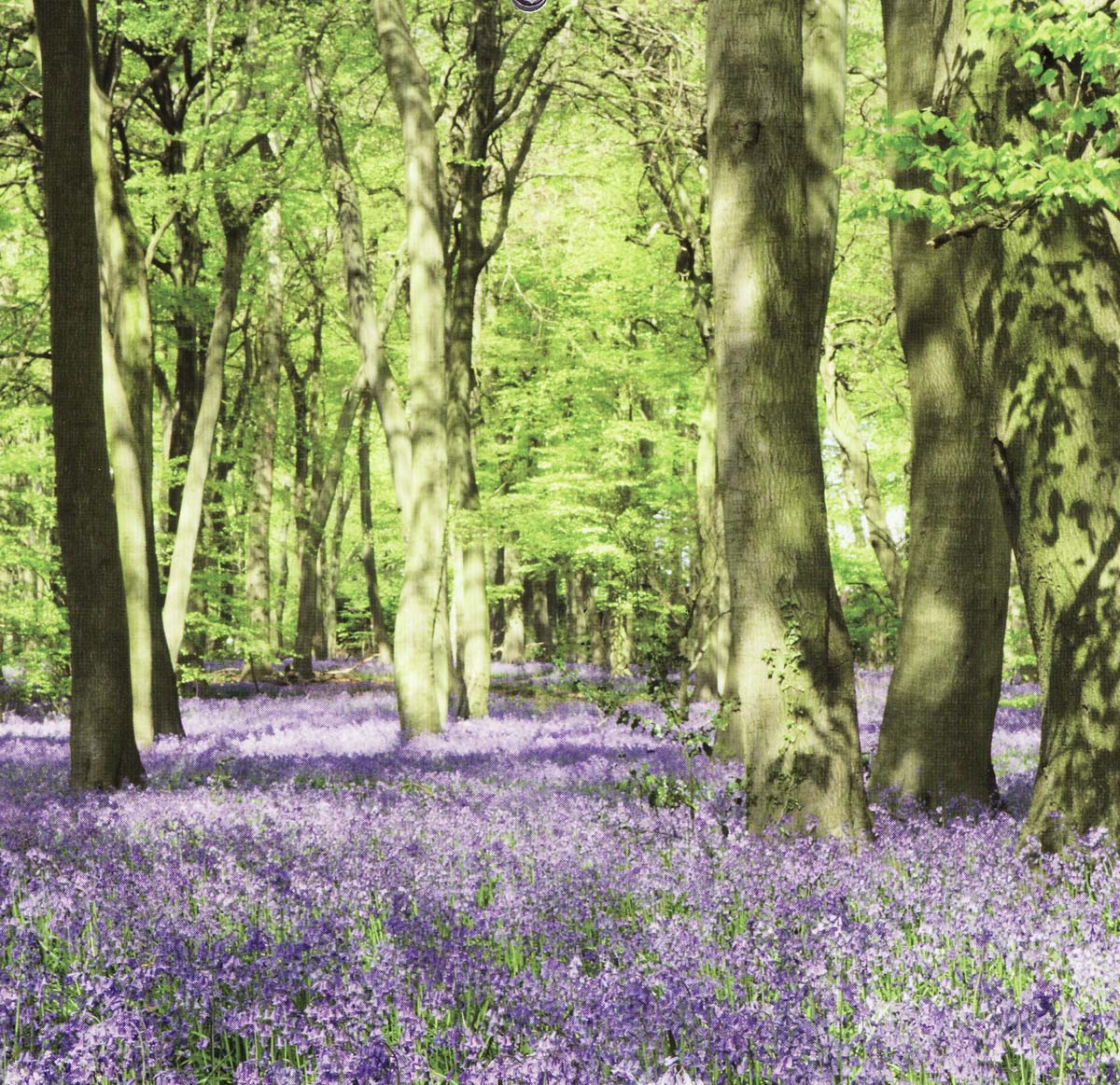
HS2 damage in the Chilterns

– and the case for an HS2 tunnel
PART OF THE HS2 HISTORIC IMPACT ASSESSMENT PROJECT
 The landscape of the Chilterns has a unique historical character. Traces of all stages of human history are to
be found here.
The landscape of the Chilterns has a unique historical character. Traces of all stages of human history are to
be found here.
Stone Age peoples left their flint tools, those of the Iron Age their hillforts and earthworks. The Romans left the remains of their villas, and roads which we still use today. The Saxons founded most of our villages, setting out the pattern of fields still there today – and which the Normans surveyed in 1085 for Domesday Book. We have 12th-century stone churches and 16th-century oak-framed houses.
This is a unique historic landscape which have been protected through the centuries by the relative inaccessibility of these valleys: clay which reduced tracks to a winter quagmire, chalk which regularly took away essential water sources. This has protected not just archaeological remains but a whole working ecosystem of which people were but one part.
CHILTERN WOODLANDS
Three areas of Chiltern woodland will be destroyed by HS2. All are on the northern slope of the Misbourne Valley between Wendover and Amersham. Altogether 8.8 hectares of Sibley's Coppice, Mantle's Wood and Farthing'sd Wood will be lost.
These ancient woodlands are a surviving remnant of more extensive forest that once covered the Chilterns. Almost all our Chilterns woodlands contain archaeological remains dating back centuries. Those in the path of HS2 will be no exceptions. Just across the valley from HS2 another woodland has already yielded finds ranging from neolithic flints to Roman coins.
In Mantle's Wood earthworks indicate the likely site of archaeologuical remains connected with the medieval ‘Mantel's Manor’, mentioned in Domesday Book.
Details of the damage that HS2 will do to these woodlands is set out in the HS2 Environmental Statement, published
in November 2013. Read the society's response here:
![]() Chiltern Woodlands : BAS Response to the HS2 Environmental Statement
Chiltern Woodlands : BAS Response to the HS2 Environmental Statement
DOES THE CHILTERNS HAVE ANY PROTECTION?
Recent generations have recognised the value of our landscape by setting up the Chilterns Area of Outstanding Natural Beauty (AONB), and by mapping its uniqueness through the Buckinghamshire and Chilterns Historic Landscape Characterisation projects, in order to protect it from destructive ‘development’.
But HS2 can sweep away these protections. The ‘Hybrid Bill’ that is going before Parliament to enable the construction of HS2 allows previous protective legislation to be set aside. The HS2 Environmental Statement appears to have ignored the Landscape Characterisation Reports for the county and the Chilterns. And HS2 will destroy a 120-metre section of Grim's Ditch, though it is a Scheduled Ancient Monument.
Two other areas of the Chilterns were included in the society's Response to the HS2 Environmental Statement:
![]() Grim's Ditch : BAS Response to the HS2 Environmental Statement
Grim's Ditch : BAS Response to the HS2 Environmental Statement
![]() Potter Row : BAS Response to the HS2 Environmental Statement
Potter Row : BAS Response to the HS2 Environmental Statement
THE CASE FOR A TUNNEL
The destruction of a whole section of this historic landscape could be avoided by the building of a single tunnel under the Chilterns. As our Response to the HS2 Environmental Statement said: ‘We find the extent of damage to this area [the Chilterns] unacceptable and... it could be avoided by a full Chilterns Tunnel emerging north of Wendover.
HS2 plans include a bored tunnel running for 11km from near Denham to north of Amersham. The line then emerges into a deep cutting and is carried – through the highest area of the Chilterns – for a further 11km on viaducts and cuttings.
Extending the tunnel would avoid all the damage mentioned here. The proposal was originally put forward by
the Chilterns Conservation Board. Read the details here:
The Case for a Chilterns HS2 Tunnel.
This is backed by a
full-scale study and assessment.